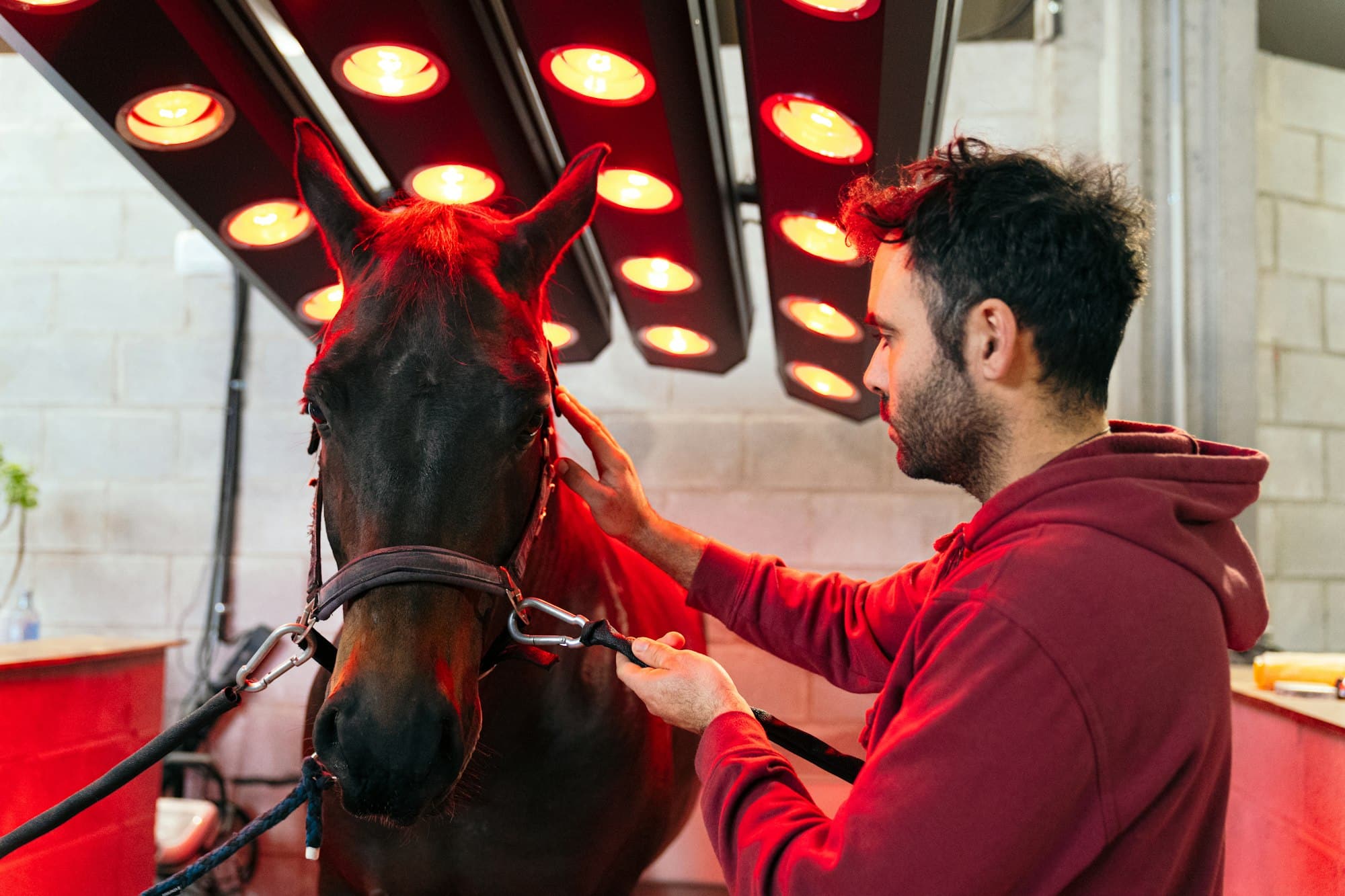What Are the Therapeutic Effects of Equine-Assisted Psychotherapy for Trauma Recovery?

In the expansive realm of therapeutic interventions, one animal-assisted treatment is steadily gaining recognition for its profound impact on mental health recovery. That treatment, dear readers, is Equine-Assisted Psychotherapy (EAP). This article explores the therapeutic effects of EAP in trauma recovery, particularly in treating Post-Traumatic Stress Disorder (PTSD).
By the end of this read, you’ll understand how this unique therapy method works, its effectiveness, and the research backing it. The keywords to remember here are therapy, equine, horses, trauma, assisted, treatment, PTSD, health, interventions, mental, and riding.
Also to see : How to Safely Implement Fasting Protocols for Health Benefits without Risking Malnutrition?
The Concept of Equine-Assisted Psychotherapy
Understanding EAP begins with recognizing the integral role played by equines, specifically horses, in this therapy type. Horses have been domesticated for over 5,000 years, forming a unique bond with humans due to their sensitive nature and ability to mirror human emotions. This unique quality makes them ideal for therapeutic interactions.
EAP incorporates horses into the therapeutic process as living mirrors of the client’s emotional condition. This therapy relies on the idea that developing a relationship with a horse can help an individual gain insights into their behavior, emotions, and interactions.
Additional reading : How Can Companion Robots Alleviate Feelings of Isolation in the Elderly with Mobility Issues?
How Does Equine-Assisted Psychotherapy Work?
EAP is not about learning to ride or care for a horse. Instead, it’s a form of experiential therapy where individuals engage with horses through ground-based activities such as leading the horse, grooming, or simply observing their behavior. These activities provide metaphoric opportunities to explore, understand, and address real-life problems.
A typical EAP session involves a mental health professional, an equine specialist, the client, and the horse. The horse acts as a co-therapist, providing immediate feedback to the client’s actions and emotions. The therapists then guide the client in processing their feelings, behaviors, and patterns.
The Therapeutic Effects of EAP on Trauma Recovery
EAP has been specifically effective for individuals dealing with trauma, including those suffering from PTSD. Trauma often leads to emotional and psychological disorders, which affect the victim’s quality of life. EAP provides an alternative therapy approach that can help alleviate these symptoms.
Interacting with horses can help trauma victims regain their sense of control and trust, which are often shattered by traumatic experiences. The non-judgmental nature of horses provides a safe space for clients to open up about their trauma, making it easier for them to navigate their healing journey.
Research Supporting EAP in Trauma Treatment
Many studies support the benefits of EAP in trauma treatment. A scholarly review of research published in PubMed and Google Scholar reveals that equine-assisted interventions can significantly reduce symptoms of trauma and PTSD.
One DOI-reviewed study published in the Journal of Traumatic Stress found that veterans who participated in equine-assisted therapy showed significant improvements in PTSD symptoms compared to those who did not undergo the therapy. Another research project published in the Journal of Child and Family Studies indicated that adolescents with severe trauma showed improved resiliency after participating in EAP.
The Future of Equine-Assisted Psychotherapy
While EAP is becoming more recognized as a valid therapy option, it still faces challenges. Notably, further research is needed to quantify the exact benefits and establish standardized training and practice guidelines.
As society continues to understand and appreciate the depth of mental health issues, therapies like EAP will likely continue to grow in importance. With more research, we might see EAP become a mainstream therapeutic option, offering relief to trauma victims across the world.
In conclusion, equine-assisted psychotherapy offers a unique, effective approach to trauma recovery. This therapy leverages the emotional sensitivity of horses to aid individuals in dealing with trauma, particularly those suffering from PTSD. As more research is conducted into this field, EAP’s potential will undoubtedly become even more evident.
Understanding the Process of Equine-Assisted Therapy
Equine-assisted therapy (EAT), a subset of EAP, is a unique approach that employs the sensitivity of horses to human emotions to create a safe, therapeutic environment. It’s not your average therapy where you engage in a conversation with your therapist. Instead, it involves interacting with a horse under the guidance of a mental health professional and an equine specialist.
This process may not include riding the horse; more often, it involves ground-based activities such as grooming the horse, leading it, or observing its behavior. These activities act as metaphoric scenarios that reflect real-life challenges, helping the client understand their emotions and behaviors better.
Through these interactions, the horse acts as a living mirror, reflecting the client’s emotional state. If the client is calm and confident, the horse is likely to respond positively. In contrast, if the client is anxious or aggressive, the horse may act out. This immediate feedback helps the client gain insight into their emotional responses and coping mechanisms.
By observing these empathetic responses from the horse, clients can start to gain a better understanding of their own feelings and emotions. They can also learn effective communication and problem-solving skills that can be translated into their everyday lives.
The Role of Equine-Assisted Interventions in Treating Posttraumatic Stress Disorder
Research published in various medical journals, including those found on PubMed and Google Scholar, has indicated that equine-assisted interventions can play a significant role in treating posttraumatic stress disorder (PTSD). PTSD is a complex trauma-related disorder characterized by intrusive thoughts, avoidance behaviors, and increased arousal.
Equine-assisted therapy can help individuals with PTSD regain their sense of control and trust. The horse’s non-judgmental nature provides a safe space for clients to work through their traumatic experiences. By interacting with the horse, clients can gradually learn to manage their stress and anxiety better.
A DOI-reviewed paper published in the Journal of Traumatic Stress supports this claim. According to the study, veterans who participated in equine therapy showed significant improvements in their PTSD symptoms compared to those who did not undergo the therapy. Similarly, another study published in the Journal of Child and Family Studies indicated that adolescents with severe trauma showed improved resiliency after participating in equine-assisted interventions.
Conclusion: The Promise of Equine-Assisted Psychotherapy in Trauma Recovery
Equine-assisted psychotherapy, with its unique approach and therapeutic effects, holds great promise in the field of trauma recovery. By offering a safe, non-judgmental space, this therapy method helps trauma victims regain their sense of control and trust, essential steps in their healing journey.
Though more research is needed to further quantify its benefits and standardize its practice, the existing studies, as referenced from PubMed and Google Scholar, do highlight its potential in treating mental disorders, particularly posttraumatic stress disorder.
As our understanding of mental health continues to evolve, therapies like EAP will likely continue to grow in importance. With more research, we might see equine-assisted psychotherapy becoming a mainstream therapeutic option, providing relief to trauma victims across the globe.
In a world where mental health issues are increasingly recognized and treated, it is crucial to explore all possible avenues of treatment and recovery. Equine-assisted therapy, with its unique approach and promising results, certainly merits further exploration and recognition.
